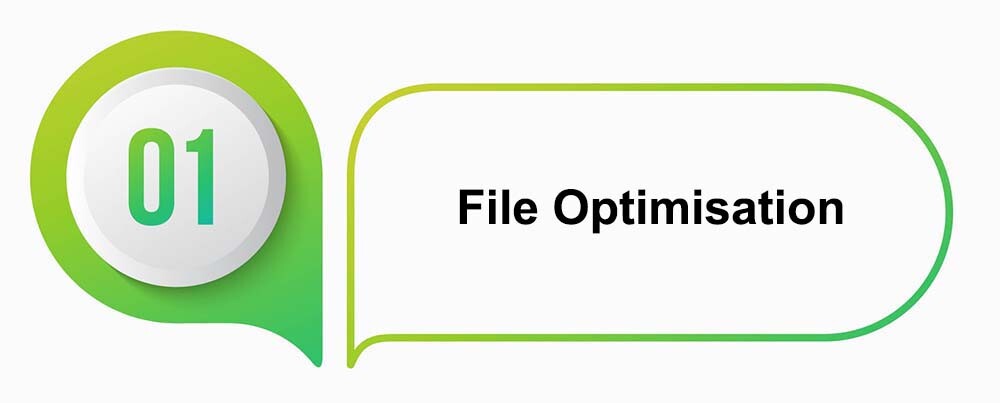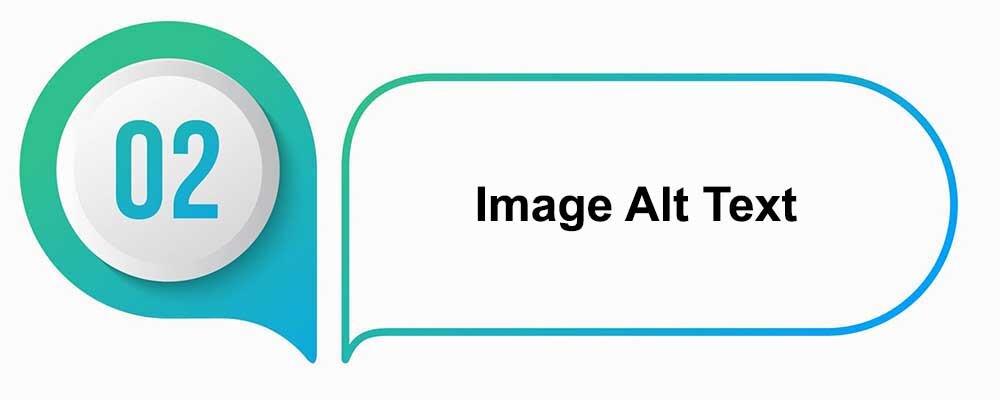
Improve Your Website’s Visibility and Performance with Digital Hype’s Image SEO
Search engine optimisation (SEO) is a critical aspect of digital marketing that helps businesses to increase their visibility and attract more traffic to their website. One important aspect of SEO is image optimisation, which involves making sure that the images on a website are properly optimised to improve the website’s visibility in image search results. In this article, we will discuss the advanced image optimisation techniques used by Digital Hype, a leading SEO company that specialises in image search engine optimization.

Step 1: Image File Optimisation
The first step in Digital Hype’s image optimisation process is to optimise the image files themselves. This includes compressing the images to reduce their file size, which can improve the website’s load times and help it to rank higher in search results. Digital Hype uses a variety of tools and resources to compress images, such as TinyPNG and Kraken.io.

Step 2: Image Alt Text
The next step in Digital Hype’s image optimisation process is to add alt text to all images on the website. Alt text is a text description of an image that is used by search engines to understand the content of an image. Digital Hype ensures that all images on a website have unique and descriptive alt text that accurately describes the content of the image.

Step 3: Image Sitemaps
Digital Hype also uses image sitemaps to improve the visibility of images in search results. An image sitemap is a special type of sitemap that lists all of the images on a website and provides information about each image, such as its location, caption, and alt text. Digital Hype creates image sitemaps for all of its clients and submits them to search engines to ensure that the images on their websites are properly indexed and appear in image search results.

Step 4: Structured Data
In addition to image sitemaps, Digital Hype also uses structured data to improve the visibility of images in search results. Structured data is a type of code that is added to a website to provide information about the website’s content to search engines. Digital Hype uses structured data to provide information about images on a website, such as an image’s caption and the name of the person who took the photo.

Step 5: Monitoring and Maintenance
Digital Hype monitors and maintains image optimisation on its client’s website. This includes regularly checking the website’s images to ensure that they are properly optimised and that the alt text and structured data are up-to-date. Digital Hype also tracks the website’s performance in image search results and makes adjustments as necessary to improve its visibility.
Tools and Resources Used For Our Image Optimisation Service
Digital Hype uses a variety of tools and resources to optimise images for search engines, including:
- TinyPNG and Kraken.io for compressing images
- Google Search Console for monitoring the website’s performance in search results
- Google Structured Data Testing Tool for testing structured data
- Schema.org for creating structured data
Image optimisation is a critical aspect of SEO that can help businesses to increase their visibility in search results and attract more traffic to their website. Digital Hype is a leading SEO company that specialises in image search engine optimisation and uses advanced techniques such as compressing images, adding alt text, creating image sitemaps, using structured data and monitoring and maintenance to optimise images for search engines. By using these techniques and resources, Digital Hype helps its clients to improve their visibility in image search results and drive more traffic to their websites.
